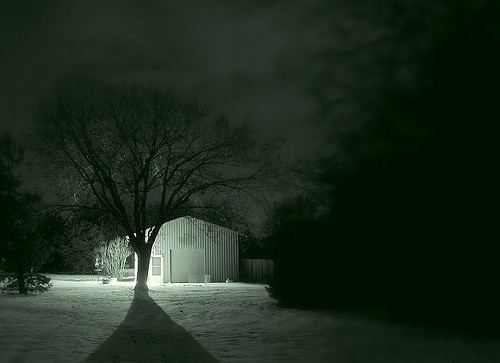
– A Shot In The Dark / by Jay Krause
Autumn is in the air. The cool mornings of summer are giving way to the crisp early hours of my favourite season. The evenings are getting shorter and the cars are switching on their headlights sooner. The midday sun is present but weaker, getting further away in accordance to our orbit. In the early evening, bars in pubs are becoming places of sanctuary and the pumps are seeing the introduction of more and more seasonal dark beers.
This is all very welcome to me, and one of the reasons autumn is my favourite season. I absolutely love dark beer, in all its forms. Stouts, Porters, Dark Milds, Schwartzbiers, Dunkels, Black IPAs, and every other type of beer which absorbs light – I love them.
Describe a beer as dark to the lay-person, and inevitably they will picture the ubiquitous Guinness Dry Irish Stout. Despite it having massive amounts of carbon dioxide and nitrogen in most instances, I have on occasion enjoyed a pint of Guinness. On a recent trip to Ireland I did get slightly tired of it and in the end I discovered Galway Hooker Pale Ale, but Guinness was probably one of my inroads into enjoying the more fuller-flavoured beers, so I will give it its dues for that alone. I’m fully indebted to it. The not-so-secret secret to the Guinness taste is that, historically, a certain amount of aged, soured beer was mixed with a freshly brewed batch to give a lactic tang to the finished product. Whether this process now takes place is unconfirmed, but it does make what is regarded as a bit of a boring beer a little more interesting – to me anyway.
However, aside from the well-known and well-liked Irish stouts which were derived from the original London porters, a whole world of darkness is available for enjoyment. But what makes a dark beer so enjoyable?
To begin with, it should be dark. Dark enough so you can’t see shadows through it. Dark enough so you can’t see the floor through the top. It can be dark brown, almost red, to pure jet black, and all these colours are good. For stouts, mouth-feel must be thick. There’s something that slightly disappoints me about a thin stout, as though something is missing. Porters must be dry and a little smoky, stouts are all about roast, dark barley wines must be slightly sweet. Hop levels are usually moderate to low (making a traditional stout or porter quite a nice beer to make – for the brewer’s accountant at least), although there is a large scope for experimentation with dark beers. The best-known hopping experiments with dark beer is the Black IPA, or the Cascadian Black Ale. I’m a slight obsessive when it comes to descriptions and prefer the term Cascadian Black Ale, but Black IPA it has become and so it is that I use that term. But it isn’t just hops that can be used for experiment in dark beers. Fruits, spices, chocolate, whiskey, port – all play a big role in some of my most favourite dark beers. For example, BrewDog’s Tokyo* is, whatever you think about them, a fabulous beer, one which really made me think: ‘These guys can brew really good beers’ (the other standout being Hardcore IPA) and is brewed with jasmine and cranberries. Toby McKenzie from the RedWillow brewery in Macclesfield brews his Smokeless porter with smoked habañero chillies, giving the beer a physically warming feeling as well as fantastic smokiness. Saltaire Brewery brew a wide range of flavoured beers – Triple Chocaholic, Hazelnut Porter and Coffee Porter being three off the top of my head. Summer Wine do possibly one of my most favourite dark beers, Barista, through which they steep enough ground Arabica to keep a narcoleptic sloth active. Salvator Doppelbock was originally served by the Paulaner monks in the place of food during Lent. I’d happily drink these beers all year round, but nothing can quite beat an evening in a cosy pub bar room, the company of friends and a pint of dark beer in autumn and winter whilst the wind and rain, the sleet and snow ally themselves to the outside of the building and, unfortunately, pavements (as if it wasn’t a hard enough walk home from the pub).
And so, as the nights begin to get colder and darker, and we see a shift from the light, refreshing pale beers of summer towards the welcoming embrace of the thicker dark beers in our favourite pubs, it’s easy to remember why dark is good – the smokiness, the roasted notes, the thick off white top – all combine to help the drinker feel comforted, and comfortable. Instead of having a big IPA as a nightcap during winter, we can move onto imperial stouts and barley wines – produce a bottle of one of these beers for the cheese course at Christmas dinner and the port will quickly be second on the podium. And rightly so.
Word by Jay Krause (Quantum Brewery)
* Jay will be hosting our next ‘Meet The Brewer’ Event on Monday 31st October, more details and tickets on sale this week
* Port Street will also be hosting an ‘Old and Dark festival’ towards the end of November, more details soon!
mark reeves says
11.33 pm
14 October 2011
does this mean we are assured of many dark beers at the meet the brewer? maybe, given it’s Halloween something involving treacle (beer or food)?